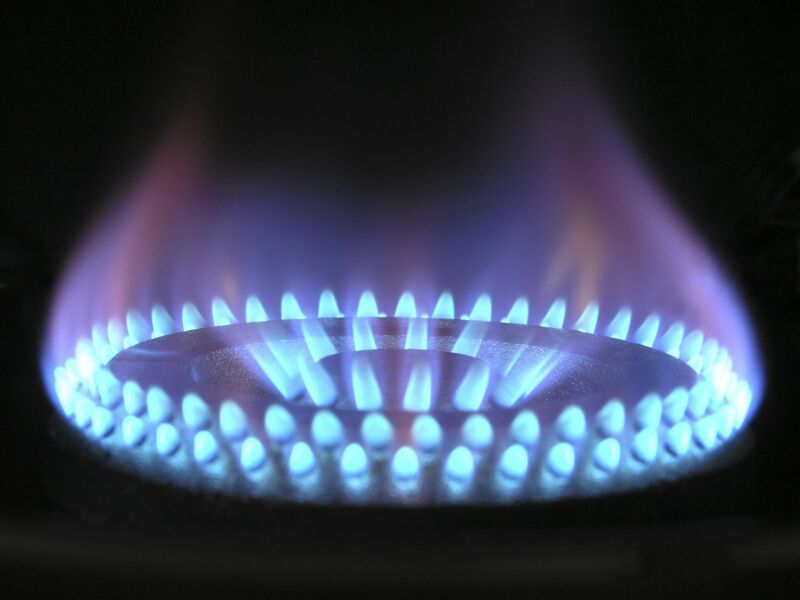
On September 12, I wrote, “Seasonality and the uncertainty of winter demand for the heating commodity mean that natural gas futures could experience a rally from October through the beginning of 2024.” The now active month November natural gas futures were at the $3.028 level in mid-September. The November futures have become the continuous contract over the past weeks, breaking out to the upside above technical resistance on October 5.
Trading natural gas, a highly volatile commodity is not for the faint of heart. As I wrote on September 12:
Natural gas is only appropriate for disciplined traders who understand that a plan and discipline are requirements for success. Since the winter is the most volatile period, natural gas should offer plenty of opportunities over the coming months. At the current price level, the odds favor the upside.
Investors should avoid the natural gas futures arena, but traders can embrace the upcoming winter months.
The most important thing to remember when trading natural gas is that long or short positions are not at the execution price but at the current market price level. Adjusting risk levels for existing positions is critical for success.
In early October, the price action has turned decidedly bullish.
Natural gas rallies above the technical resistance level
On October 5, nearby November natural gas futures took off on the upside, rallying above the technical resistance area on the five-year chart.

The chart highlights the plunge in U.S. natural gas futures from the $10.028 August 2022 fourteen-year high to the April 2023 $1.946 per MMBtu low. Natural gas futures have made higher lows and higher highs since mid-April, breaking above the $3 level on October 5 to a $3.294 per MMBtu high on October 6.
Inventories continue to rise
The 2023 injection season in U.S. natural gas inventories will end in November. The latest EIA data was an 86 bcf injection for the week ending on September 29.

Source: EIA
At the end of September, natural gas in storage across the United States was 3.445 trillion cubic feet, 11.6% above last year’s level and 5.3% over the five-year average for the end of September. The amount of natural gas was already above the 2018 end-of-the-injection season 3.234 tcf high and is moving towards the 2021 and 2022 3.644 tcf peak.
January prices are over the $3.75 per MMBtu level
The forward NYMEX natural gas curve shows a significant premium for January 2024 delivery.

The forward curve shows that NYMEX January natural gas futures at $3.830 per MMBtu were at a 16.7% premium to the November contract. The higher price for mid-winter reflects the increased demand during the coldest months.
Keep an eye on those European natural gas futures
As U.S. natural gas now flows worldwide via ocean vessels in liquid form, U.S. prices are highly sensitive to European prices.

The three-year chart of U.K. natural gas futures prices shows a slightly bullish trend of higher lows since May 2022.

The chart of Dutch natural gas prices displays the same marginally bullish path of least resistance over the past months.
A colder-than-average European winter could cause shortages, causing natural gas prices to surge. As we witnessed in 2022, higher U.K. and Dutch prices could put upward pressure on U.S. prices.
BOIL and KOLD for those seeking exposure without venturing into the futures arena
We are now coming into the months when the uncertainty of winter weather conditions tends to push natural gas prices to seasonal highs. Time will tell if the break above the $3 per MMBtu level in nearby U.S. futures is temporary or the start of a more significant rally.
The most direct route for a risk position in the liquid but volatile U.S. natural gas market at Henry Hub is via the futures and futures options trading on the CME’s NYMEX division. Market participants seeking exposure without the margin and leverage of the futures markets can use BOIL and KOLD. These leveraged natural gas ETF products that tend to outperform the natural gas price on a percentage basis on the up and downside.
At $67.54 per share, BOIL, the bullish ETF, had $923 million in assets under management. BOIL trades an average of over 5.125 million shares daily and charges a 0.95% management fee. The latest rally in November natural gas futures took the energy commodity 17.8% higher from $2.796 on September 26 to $3.294 per MMBtu on October 6.

Over the same period, BOIL rallied 34.7% from $50.29 to $67.73 per share. The bearish KOLD ETF at $47.50 per share had $111.665 million in assets under management. KOLD trades an average of over 1.578 million shares daily and charges the same 0.95% expense ratio. The bearish KOLD tends to outperform natural gas on a percentage basis when the price declines.
BOIL and KOLD are trading tools only appropriate for short-term risk positions on the long and short side of the natural gas market. The leverage comes at a price, which is time decay. BOIL and KOLD lose value when the natural gas price moves contrary to expectations or if the price remains stable.
Natural gas futures are beginning to show signs of seasonal strength. Expect lots of volatility in the energy commodity over the coming weeks and months. After rising to over $10 per MMBtu in August 2022, and with the war in Ukraine continuing, the odds favor more upside room for natural gas.
On the date of publication, Andrew Hecht did not have (either directly or indirectly) positions in any of the securities mentioned in this article. All information and data in this article is solely for informational purposes. For more information please view the Barchart Disclosure Policy here.






